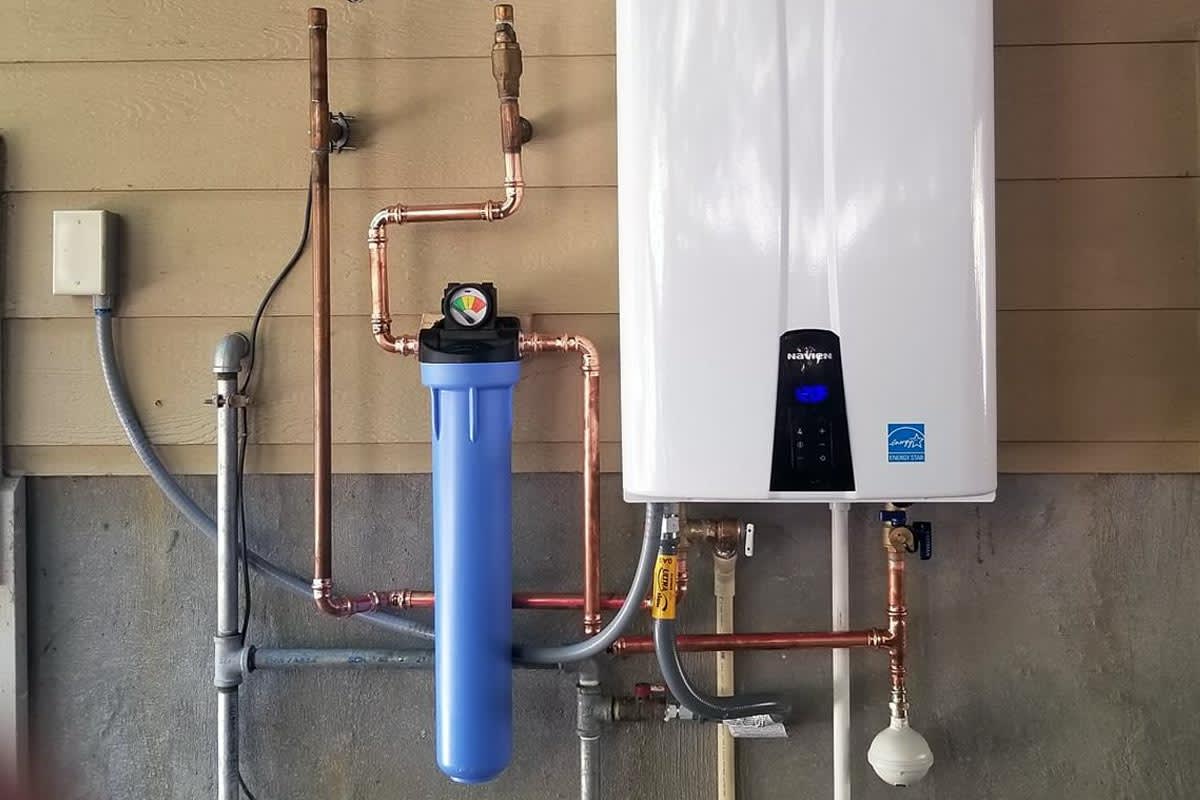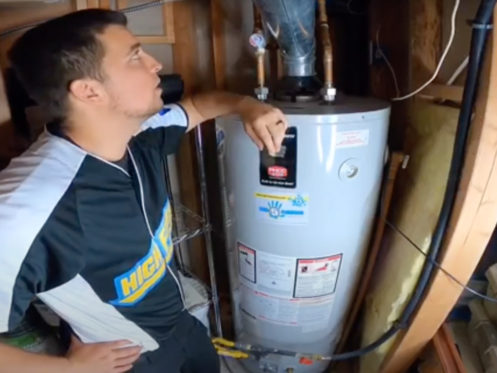Steps to Prolong the Life of Your Home's Hot Water System By Maintenance
Get Your Estimate NowThey are making a number of good points on the subject of Tips For Maintaining Your Hot Water Heater as a whole in this content down below.

Hot water is necessary for day-to-day comfort, whether it's for a revitalizing shower or cleaning dishes. To ensure your warm water system runs efficiently and lasts longer, routine upkeep is key. This post gives practical suggestions and understandings on just how to maintain your home's warm water system to stay clear of disruptions and expensive repair services.
Introduction
Preserving your home's warm water system could seem difficult, however with a couple of simple steps, you can ensure it runs efficiently for years to find. This overview covers every little thing from understanding your hot water system to DIY maintenance ideas and recognizing when to hire professional assistance.
Value of Keeping Your Hot Water System
Regular maintenance not just expands the lifespan of your hot water system however also ensures it runs effectively. Overlooking maintenance can cause lowered performance, greater power bills, and even premature failing of the system.
Indications Your Hot Water System Requirements Upkeep
Understanding when your warm water system needs interest can stop major problems. Watch out for indications such as irregular water temperature level, unusual noises from the heater, or corroded water.
Purging the Water Heater
Purging your hot water heater gets rid of debris build-up, boosting performance and lengthening its life.
Checking and Changing Anode Rods
Anode rods prevent rust inside the container. Inspecting and replacing them when broken is vital.
Complicated Issues Calling For Expert Assistance
Instances consist of major leakages, electric issues, or if your water heater is constantly underperforming.
Routine Specialist Maintenance Advantages
Specialist maintenance can include extensive evaluations, tune-ups, and ensuring compliance with safety requirements.
Inspecting and Changing Temperature Setups
Changing the temperature settings ensures optimum performance and safety and security.
DIY Tips for Maintenance
You can carry out numerous upkeep tasks on your own to keep your hot water system in leading condition.
Looking for Leaks
Consistently examine pipelines and connections for leakages, as these can result in water damages and higher costs.
Understanding Your Warm Water System
Before diving into upkeep tasks, it's valuable to recognize the basic parts of your warm water system. Usually, this consists of the water heater itself, pipelines, anode poles, and temperature controls.
Month-to-month Upkeep Tasks
Routine month-to-month checks can assist capture minor problems prior to they escalate.
Evaluating Stress Relief Valves
Checking the stress relief valve guarantees it functions properly and protects against excessive stress build-up.
Insulating Pipes
Protecting warm water pipes minimizes warm loss and can conserve energy.
When to Call an Expert
While do it yourself upkeep is beneficial, some concerns call for specialist experience.
Conclusion
Regular maintenance of your home's hot water system is vital for effectiveness, durability, and expense savings. By complying with these suggestions and understanding when to look for specialist assistance, you can make sure a trustworthy supply of warm water without unanticipated disturbances.
Water Heater Maintenance: The Basics
Maintaining your water heater will ensure it operates efficiently and has a longer lifespan. Neglecting regular maintenance can lead to costly repairs and an even bigger chunk of your savings if you have to replace it sooner than necessary. But there’s good news: Most water heater maintenance tasks are relatively simple and easy for homeowners with basic DIY skills.
Flush the Water Heater
Over time, sediment and minerals can build up in the tank, reducing its efficiency and potentially causing damage. To flush the tank, turn off the power or gas supply, attach a hose to the drain valve near the bottom and open the valve to drain the water until it runs clear. Ideally, flush the tank annually.
Replace the Anode Rod
The anode rod is a sacrificial metal rod that helps prevent corrosion inside the tank. Inspect and replace it every three to five years or per the manufacturer's recommendation. To replace the anode rod, turn off the power or gas supply, drain a few gallons of water from the tank, unscrew the old rod and replace it with a new one. If the anode rod is significantly corroded or covered in calcium buildup, it's a sign the water heater may need to be replaced soon.
Tune-Up
A yearly tune-up can help identify potential issues and ensure your water heater operates at peak efficiency. This typically involves checking the thermostat, burner assembly (for gas heaters) and any other components specified by the manufacturer. During a tune-up, the technician may also clean the burner and adjust the pilot light (for gas heaters) or examine the heating elements (for electric heaters).
How to Maintain Your Water Heater
Insulate the tank. Insulating the tank can improve energy efficiency and reduce heat loss, saving you money on energy bills. You can purchase precut insulation blankets designed specifically for water heaters or use standard fiberglass insulation wrapped securely around the tank. Check the temperature. The recommended water temperature for most households is around 120 degrees Fahrenheit (49 degrees Celsius). Higher temperatures can increase energy costs and potentially cause scalding. Use a kitchen thermometer to check the temperature at the faucet nearest the water heater. Monitor water pressure. Excessive water pressure can strain the water heater and cause leaks or even tank failure. Install a pressure-reducing valve if necessary. The ideal water pressure range is between 60 and 70 PSI (pounds per square inch). Test the temperature and pressure (T&P) relief valve. The T&P relief valve is a safety feature that releases pressure if the tank gets too hot or the pressure builds up too high. Test it annually by lifting the lever and allowing a small amount of water to release. Replace the valve if it doesn't release water or reseal properly. Check for leaks. Regularly inspect the tank, pipes and fittings for leaks or corrosion. Deal with issues promptly to prevent further damage. Even a small leak can lead to significant water damage over time. Consider a tankless water heater. If your traditional tank-style water heater is nearing the end of its lifespan ( typically 10 years), consider replacing it with a tankless water heater. These units heat water on demand, reducing standby energy losses and potentially saving you money on your energy bills. Schedule professional maintenance. While homeowners can perform many water heater maintenance tasks, it's still a good idea to schedule professional maintenance every few years. A plumber or HVAC technician can thoroughly inspect the unit, identify potential issues and ensure it operates safely and efficiently. https://www.homeserve.com/en-us/blog/home-improvement/hot-water-heater-maintanence/

As a keen person who reads about Tips For Maintaining Your Hot Water Heater, I think sharing that excerpt was a smart idea. Be sure to take the time to share this content if you liked it. I treasure your readership.
Schedule Now